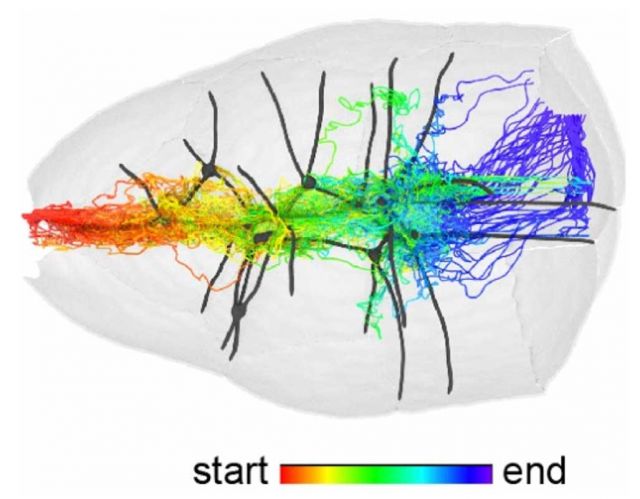Science paper accepted!

Tissue topography steers migrating Drosophila border cells
Moving cells can sense and respond to physical features of the microenvironment, however, in vivo the significance of tissue topography is mostly unknown. Here we use the Drosophila border cells, an established model for in vivo cell migration, to study how chemical and physical information influence migration path selection. Although chemical cues were thought to be sufficient, live imaging, genetics, modeling, and simulations show that microtopography is also important. Chemoattractants promote predominantly posterior movement, whereas tissue architecture presents orthogonal information, a path of least resistance concentrated near the center of the egg chamber. E-cadherin supplies a permissive haptotactic cue. Our results provide insight into how cells integrate and prioritize topographical, adhesive, and chemoattractant cues to choose one path amongst many.